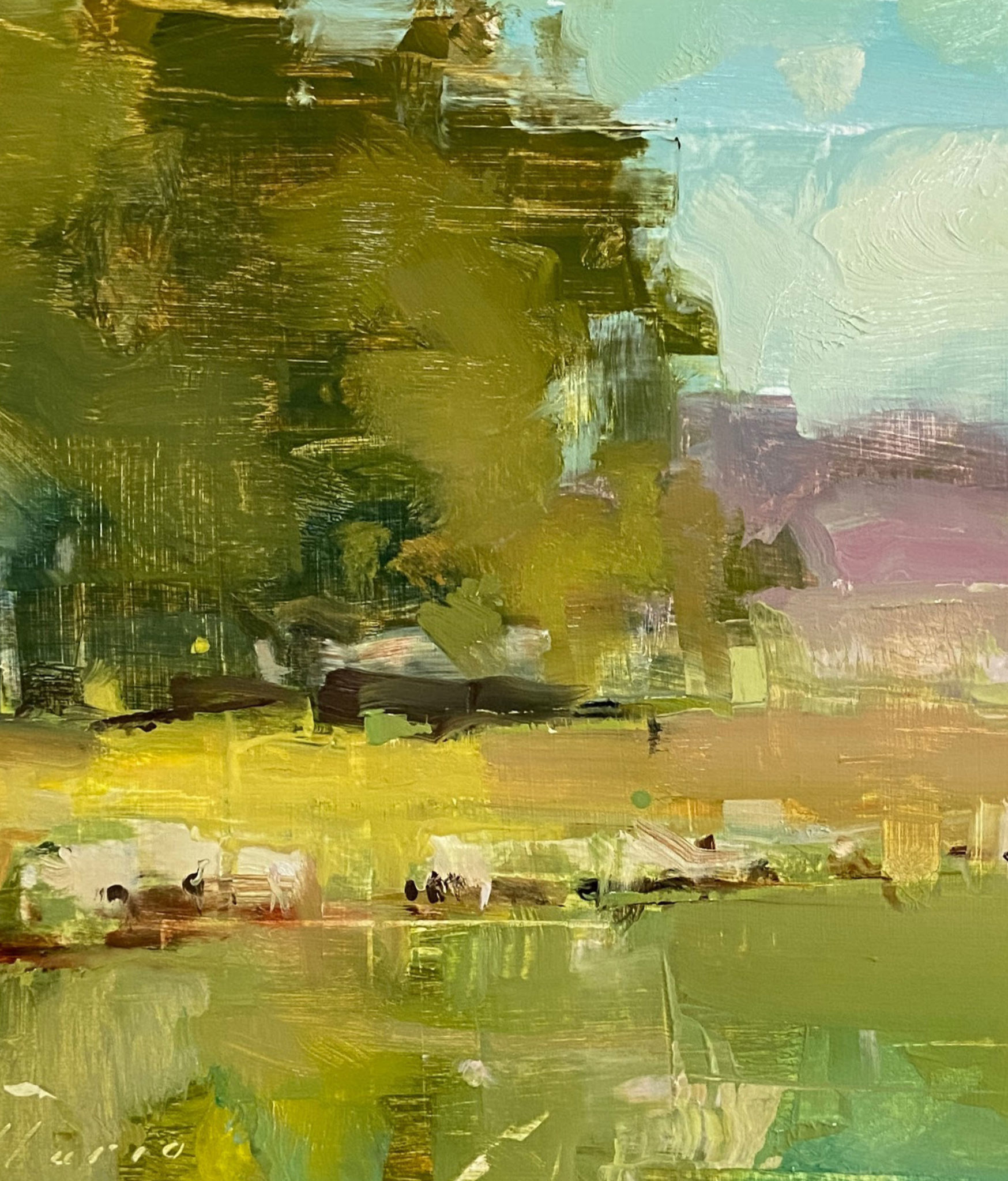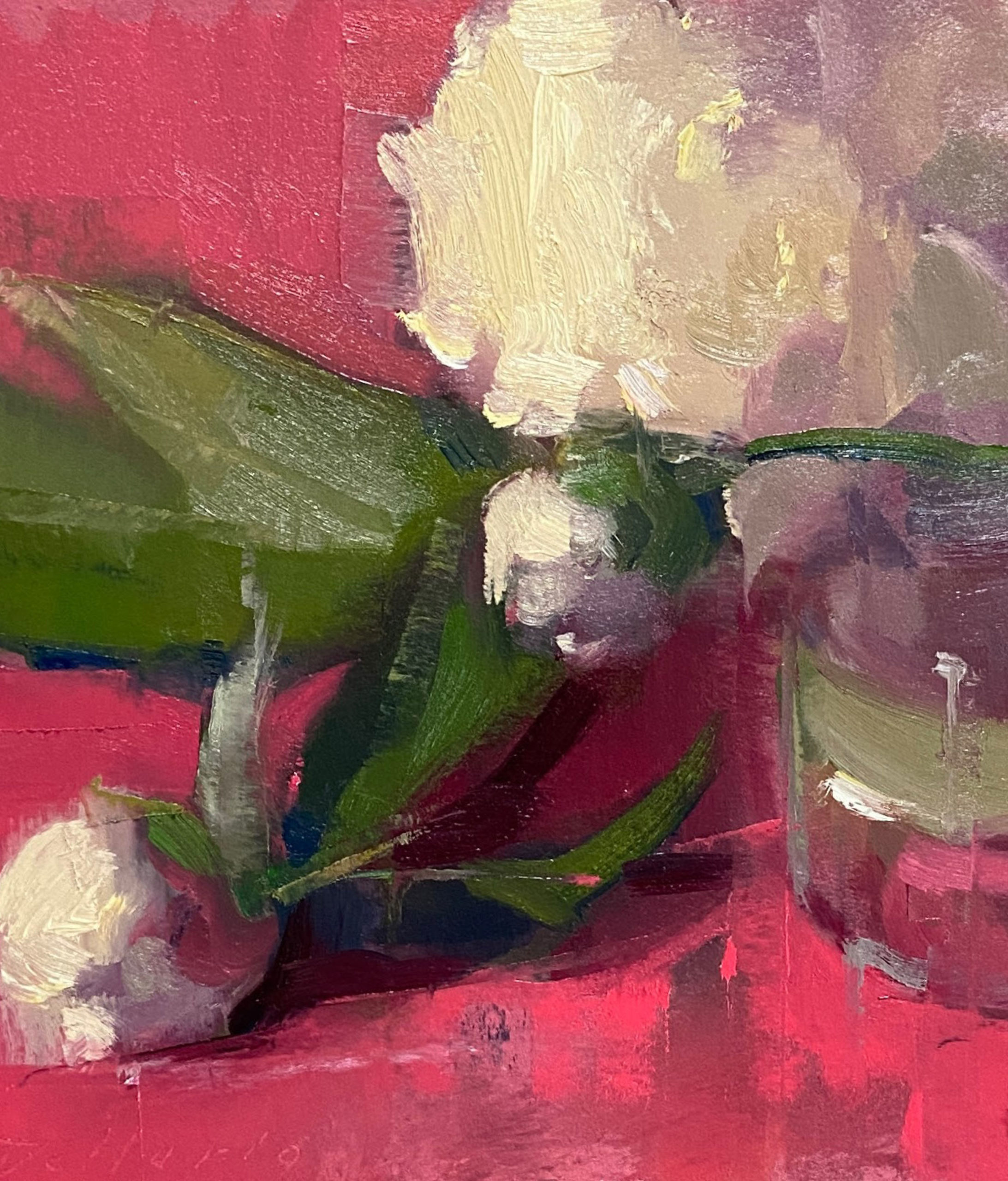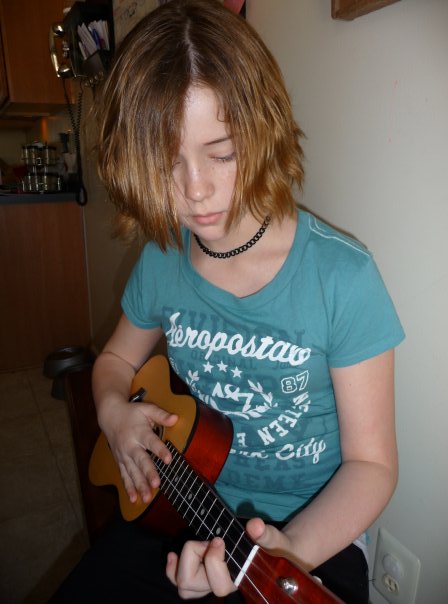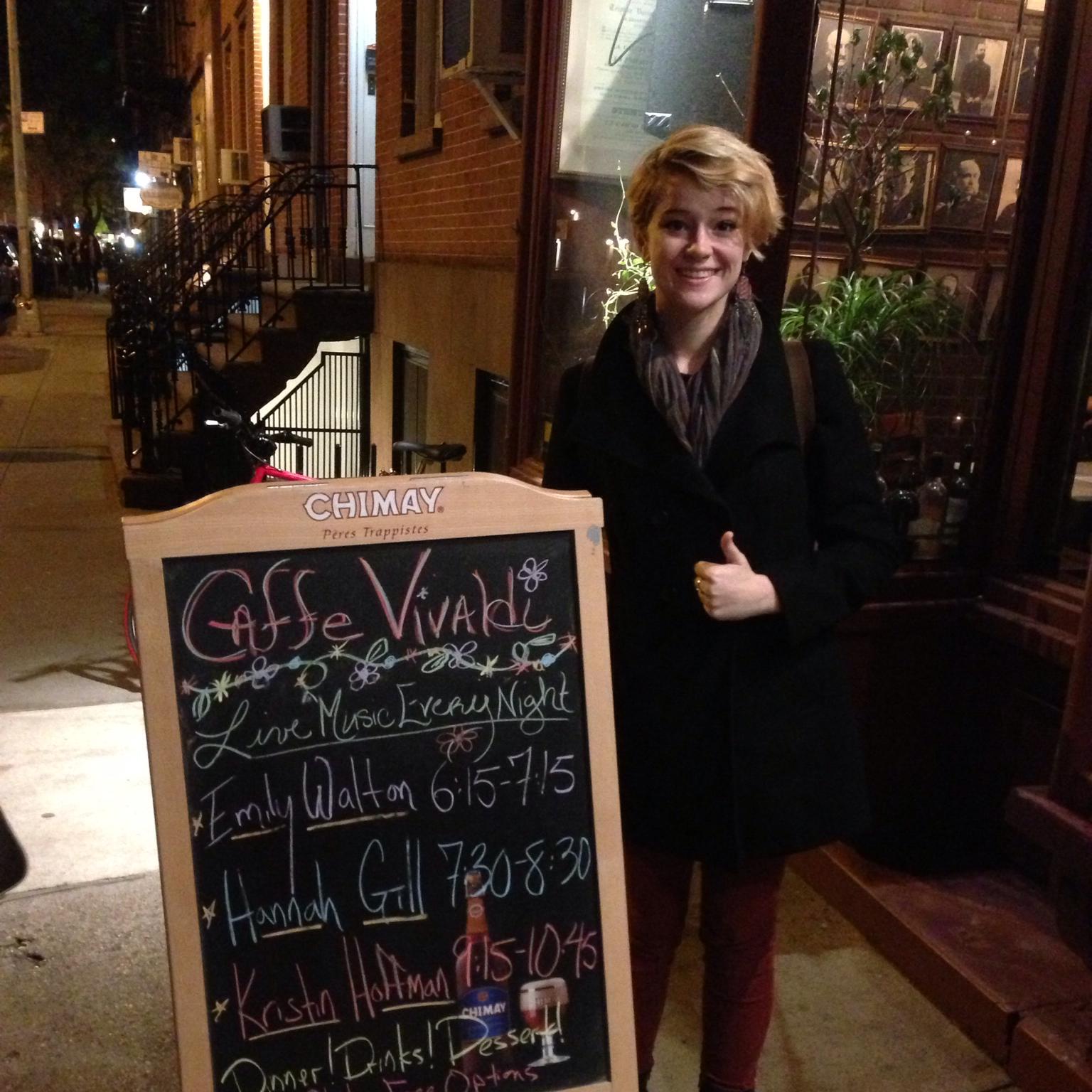
On exhibit now and through the end of the month at Adkins Arboretum, Mary-Land Scapes features the works of Beth Horstman and Joan Machinchick, both artists exploring the simplicity and richness of the Eastern Shore. While Machinchick’s watercolors highlight the lushness of the area, Horstman’s approach to photography uses symmetry, negative space, fog, and a balance of black-and-white and color images to reflect her connection to the landscape.
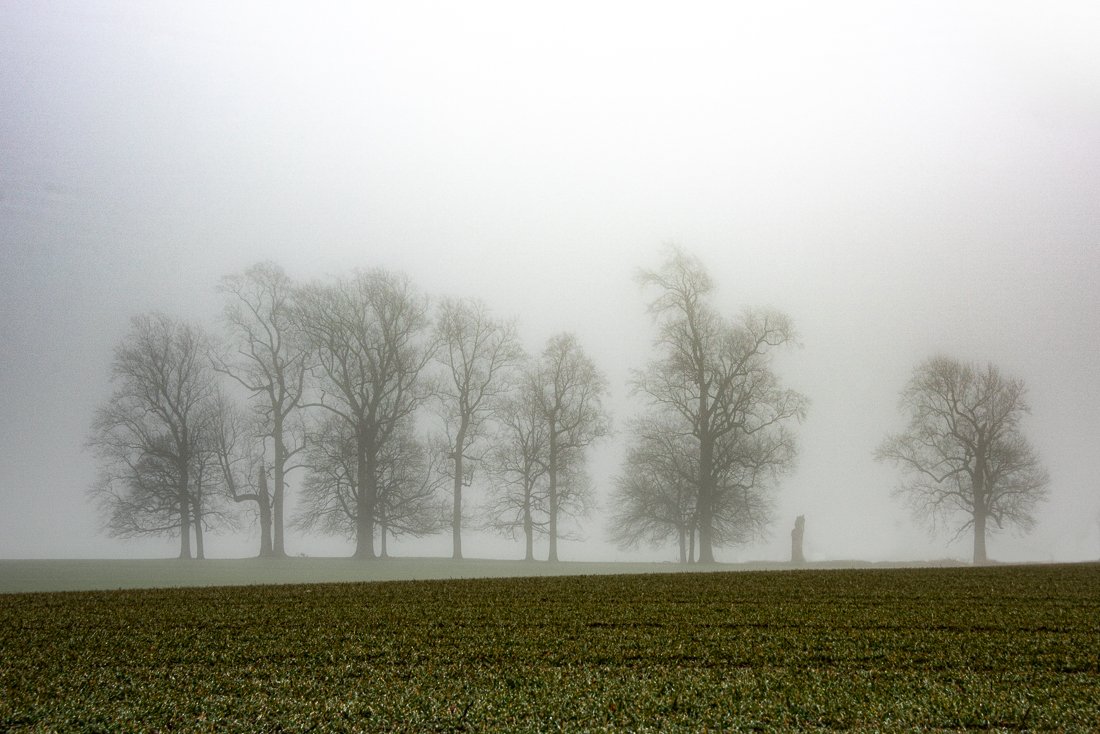
Horstman’s journey into photography began early. “I’ve had a camera since I was 12,” she said. Initially, her subjects were family moments and vacations, but her work took on new life after raising her children. “When everybody left home, it gave me the opportunity to start really looking at simple things that made me feel good.” After moving to the Eastern Shore 10 years ago, Hortsman found a new setting for her photographic exploration. “There’s so much space and character that it was like a photographer’s paradise.”
That spaciousness defines Horstman’s artistic approach. Her preference for isolating subjects and using minimalism is central to her work. “If I can isolate something that attracts me, she says, “I pursue it.” It’s all a way for her to block out distractions, allowing the viewer to focus on the subject without overwhelming detail. “I like the simplicity of one or two, maybe three things, but they all have to go together. That’s why I like fog—it allows me to block out what’s behind the subject.”
Though she’s also drawn to color, for Horstman, black-and-white photography has offered a unique way to convey this simplicity by not distracting the viewer. “However, when color is really strong, it shows something you want to look at.” She illustrates this balance with an example from her portfolio: “I have a photograph of a fishing boat coming through Kent Narrows, and it’s a color photograph, but there are maybe two colors in it—one of them being this super strong red marker. The color plays a role in the photograph, but it’s not overwhelming.”
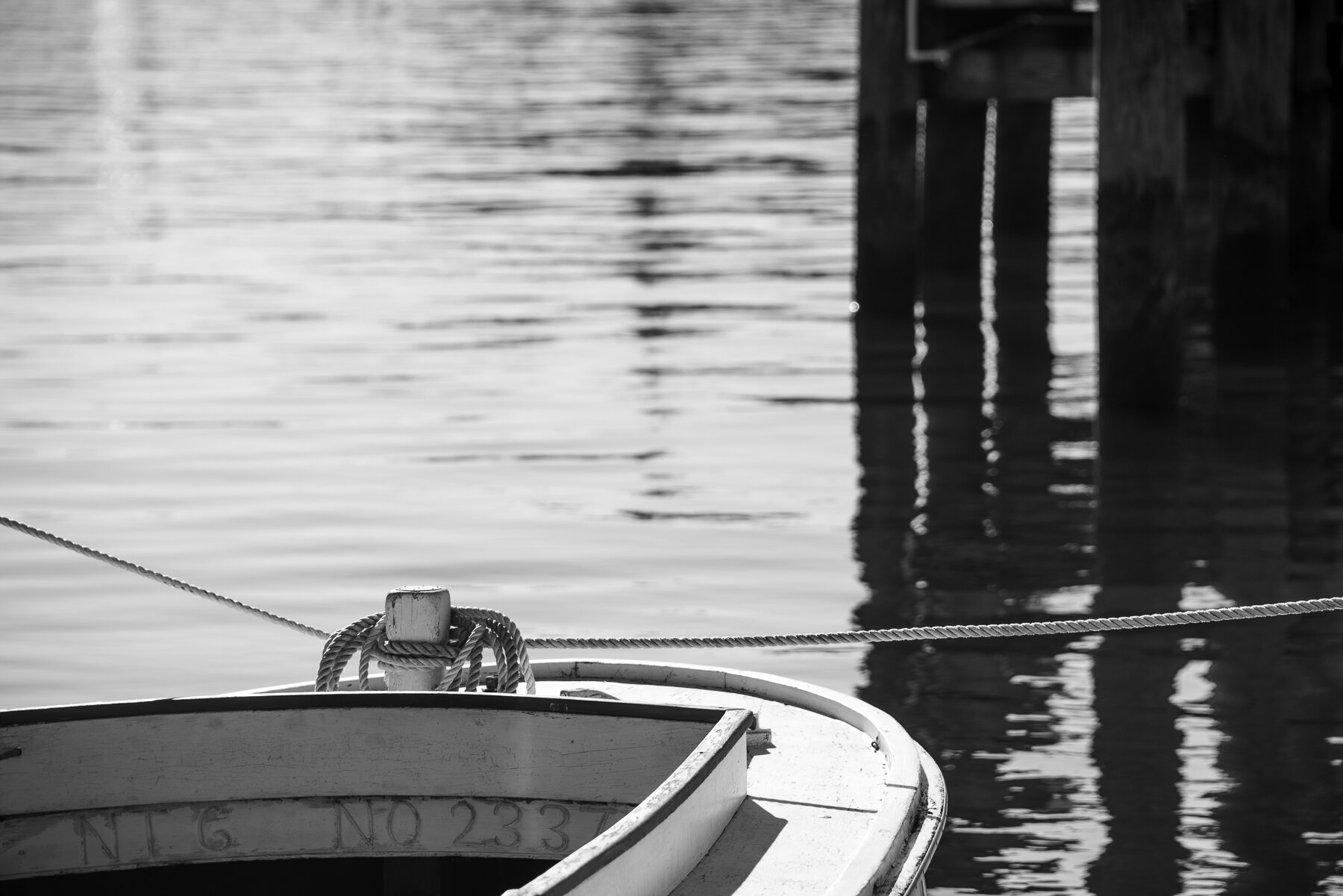 This delicate balance between simplicity and power is a hallmark of Horstman’s work. She strives for images that offer viewers a visual reprieve. “I guess it’s just that your eye isn’t darting everywhere,” she explains. “It doesn’t take a lot of energy to look at it—it just feels calm. When there’s too much going on, I want to move on.”
This delicate balance between simplicity and power is a hallmark of Horstman’s work. She strives for images that offer viewers a visual reprieve. “I guess it’s just that your eye isn’t darting everywhere,” she explains. “It doesn’t take a lot of energy to look at it—it just feels calm. When there’s too much going on, I want to move on.”
Horstman’s creative process is guided by instinct. “It’s definitely a gut feeling,” she says. “I can look at one photo and know it’s exactly what I was aiming for, but another one might feel too colorful or not quite right.” This intuitive approach was fully displayed when she created a series of photographs inspired by her mother’s love of gardening. “My mother was in a care facility, and I wanted her to have a piece of spring inside with her. So, I took photos of greens——and blew four up to 30 by 30 squares. It’s like looking out a window, and they’re printed on metal, so the color really pops.” This series remains one of her favorites, not only for its visual impact but also for its personal connection.
Horstman is also drawn to trees, a frequent subject in Horstman’s photography, each chosen for its personality and how it complements the surrounding environment. “I look for trees that have character,” she says. “Sometimes they’re symmetrical, sometimes they’re not, but they always catch my eye. One of my favorites is a lone cypress tree at Nasawango Creek—it’s just this little tree living happily in the river, with woods behind it. I was able to blur the background and isolate that tree. It’s things like that, moments of solitude in nature that make me want to document them.”
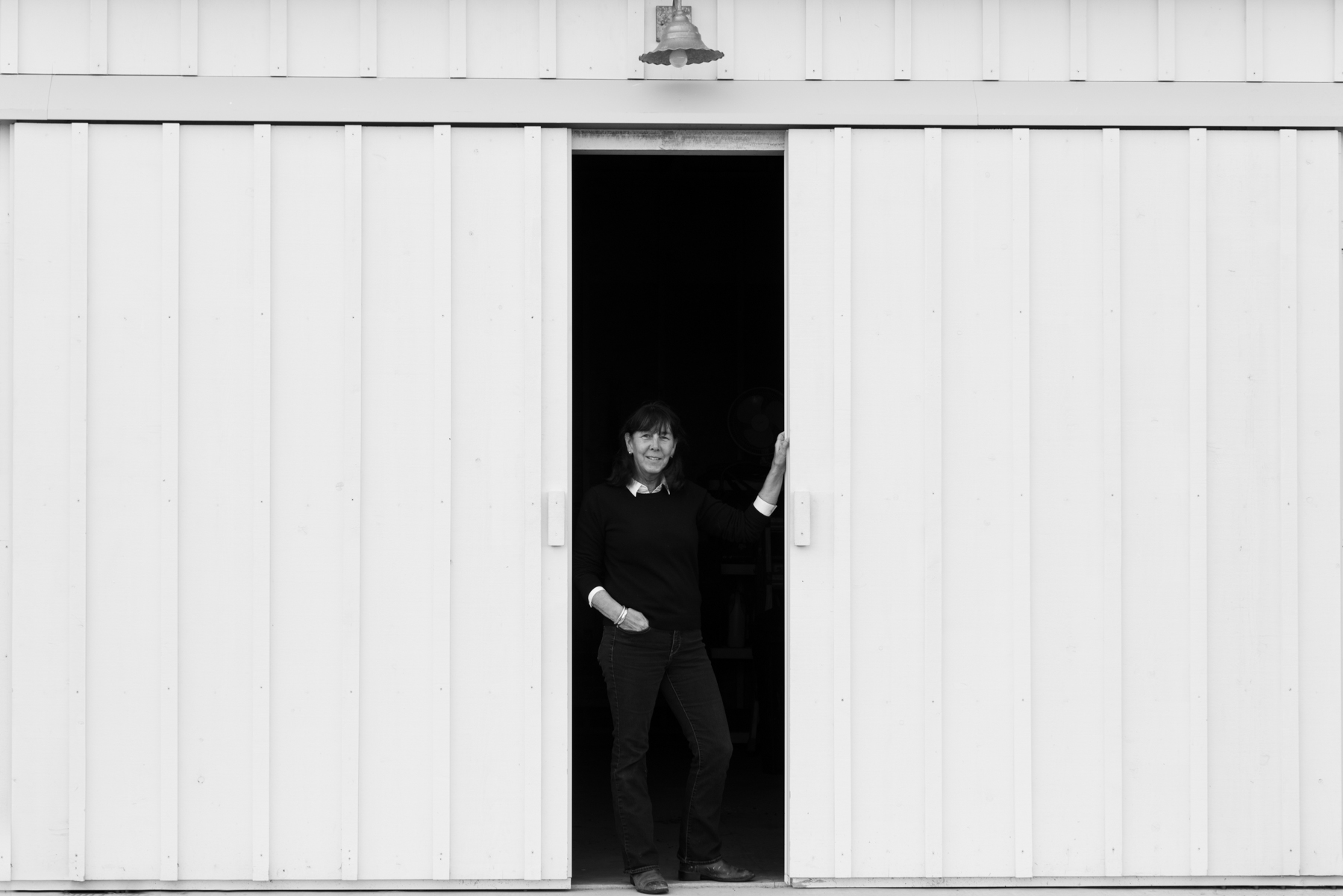
While this article focuses primarily on Horstman’s work, it’s important to note the contributions of Joan Machinchick to the Mary-Land Scapes exhibit. Although the decision to exhibit together came about through Adkins Arboretum, it was a fitting match. While their mediums are different—photography and watercolor—their shared appreciation for nature ties their work together. “Joan’s paintings are so different from my photographs, but we both love nature, and that comes through in our work. For example, her gardens are domestic, and I love that about them. But they still capture the essence of the Eastern Shore.”
The Mary-Land Scapes exhibit is not just a celebration of the visual beauty of the region but also explores its historical and environmental richness. For Horstman, the Eastern Shore holds a special place in her heart, dating back to her childhood. “We’d drive down here and sail for the weekend,” she says. “When we moved here ten years ago, it felt like coming home.
As for what’s next, Horstman is content to keep sharing her work at her own pace. “I’ve been shy about putting my work out there,” she said. “But my mission is to share it- and let people experience it.” Early next year, she’ll showcase her work again at Out of the Fire in Easton, continuing to explore the themes of stillness that define her photography.
In a world that often moves too fast, Horstman gives viewers a moment to pause, reflect, and connect with nature in its purest form. Through her lens, even the most ordinary subjects—like a lone tree or a fishing boat—take on new significance, reminding us of the quiet strength and beauty of simplicity.
Mary-Land Scapes will be on view at Adkins Arboretum through October 26, 2024. Her work can be seen at: https://bethhorstman.com





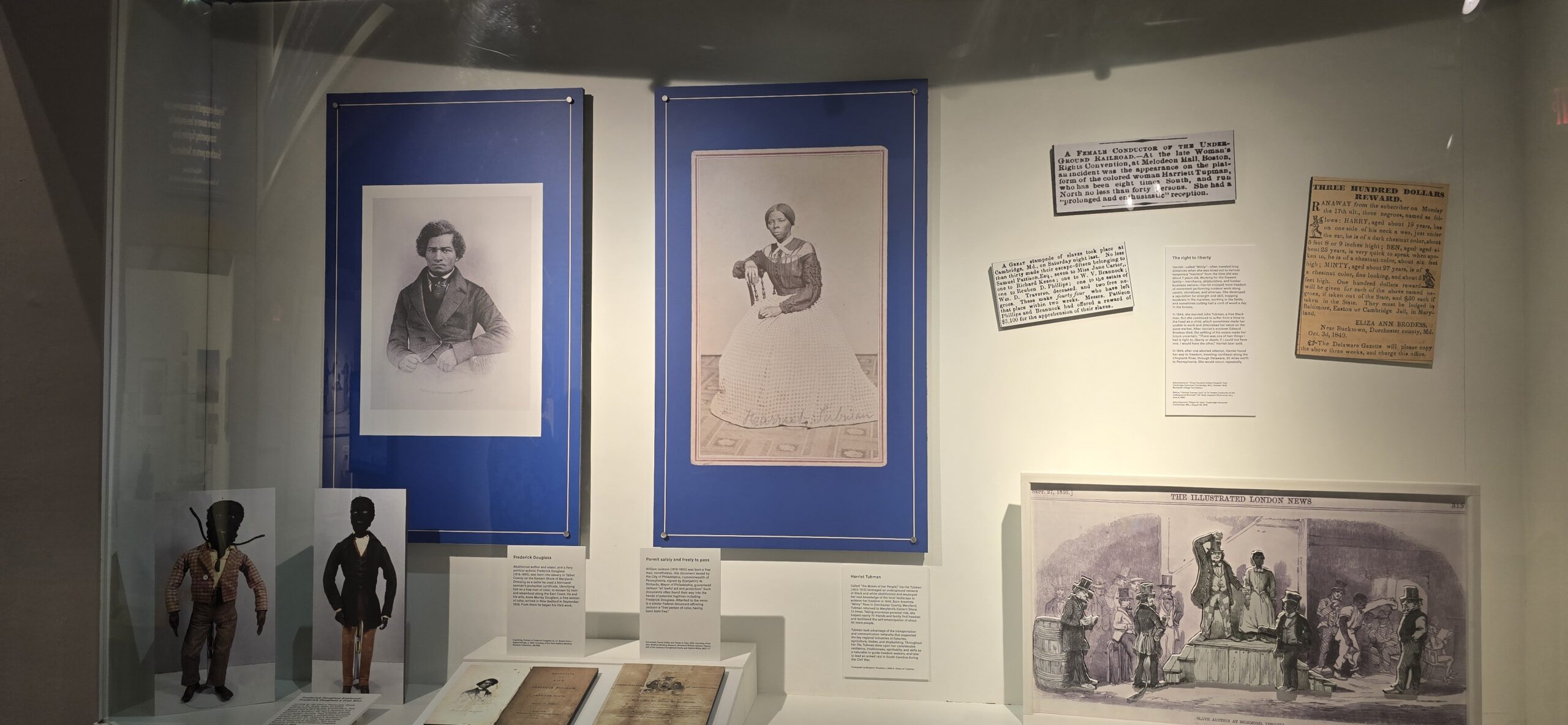
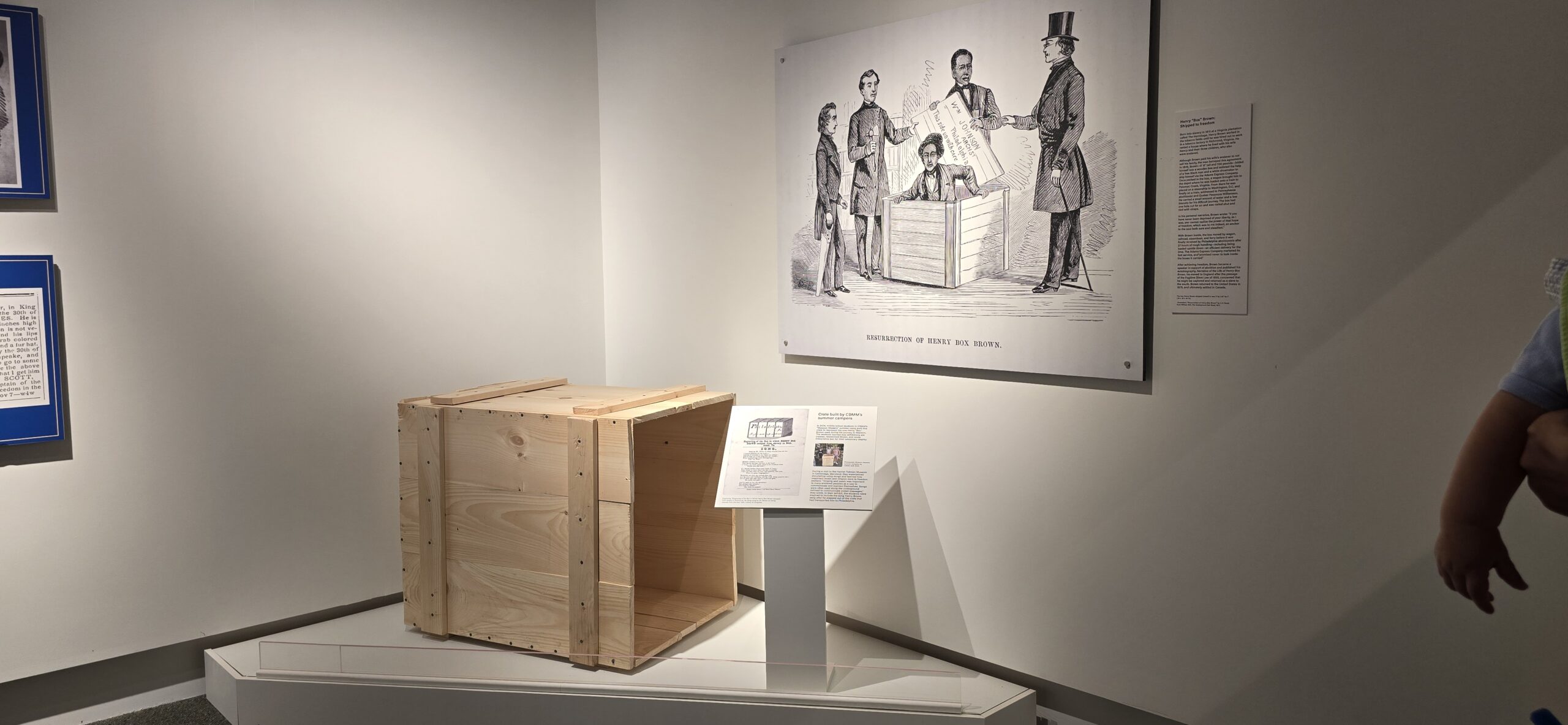
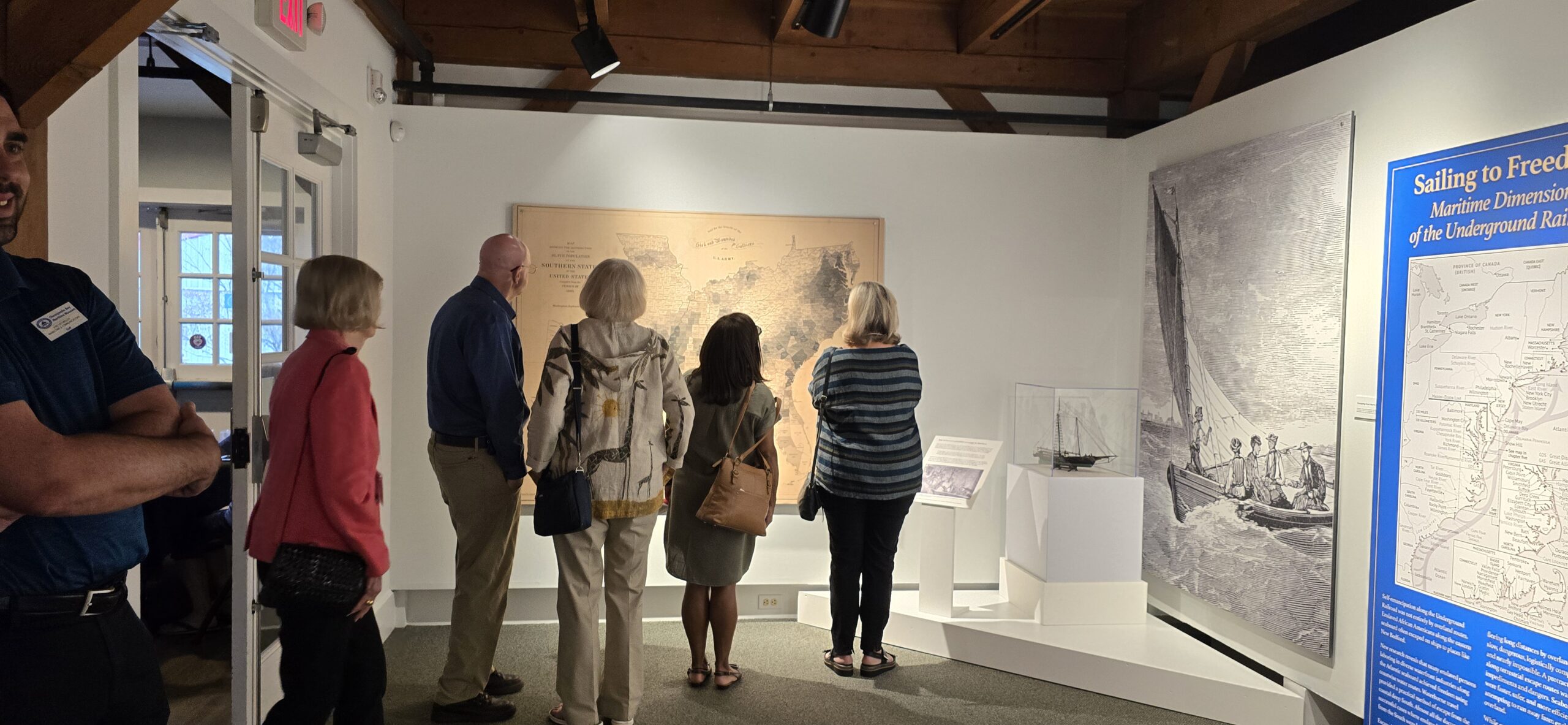

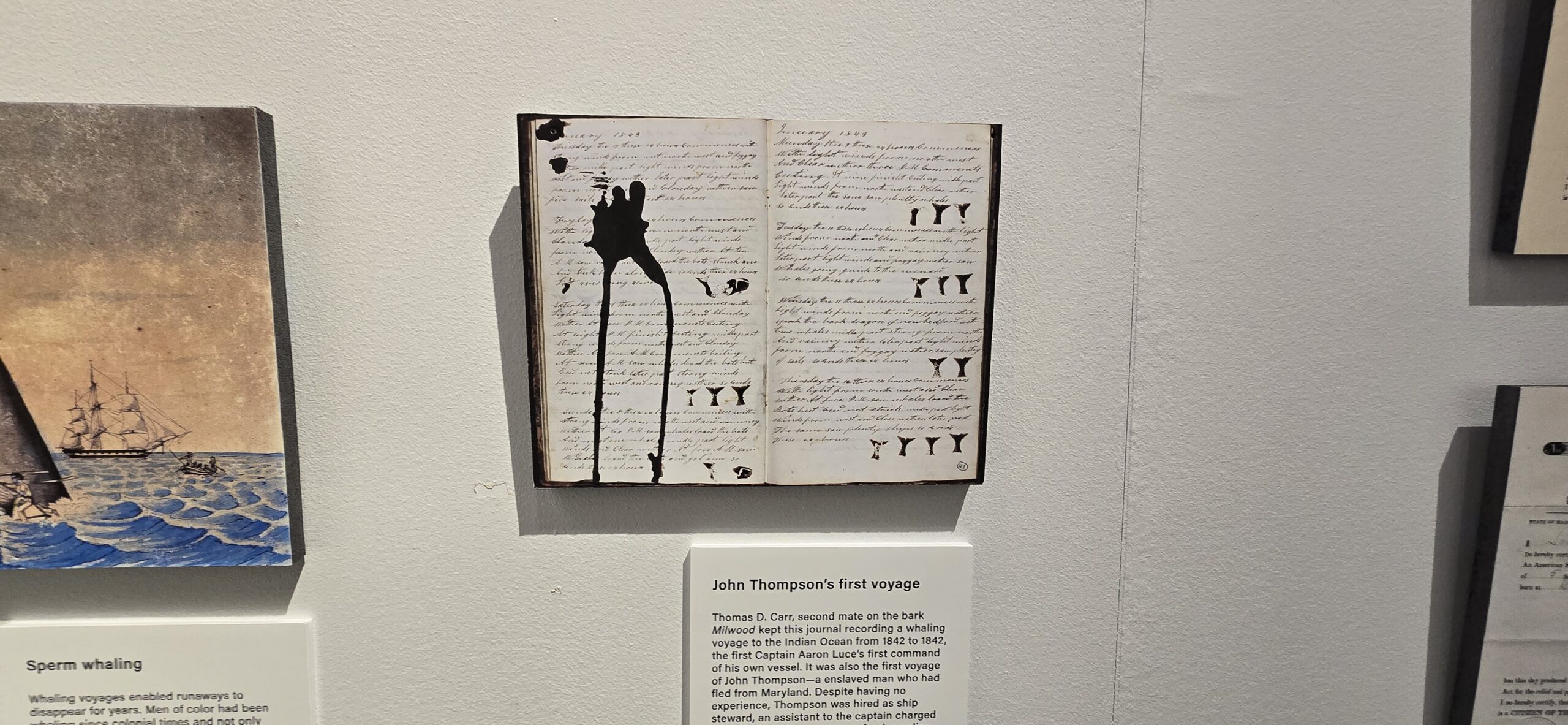
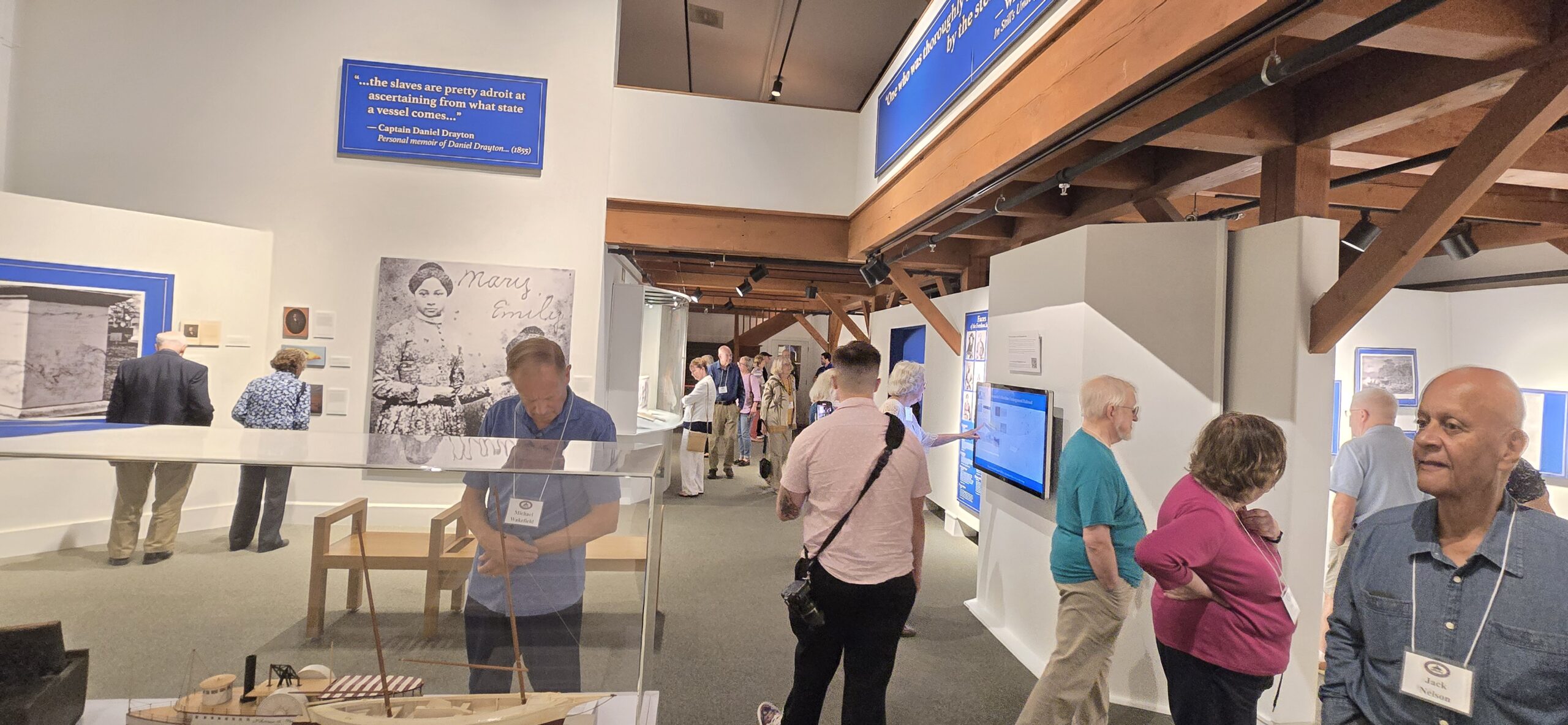

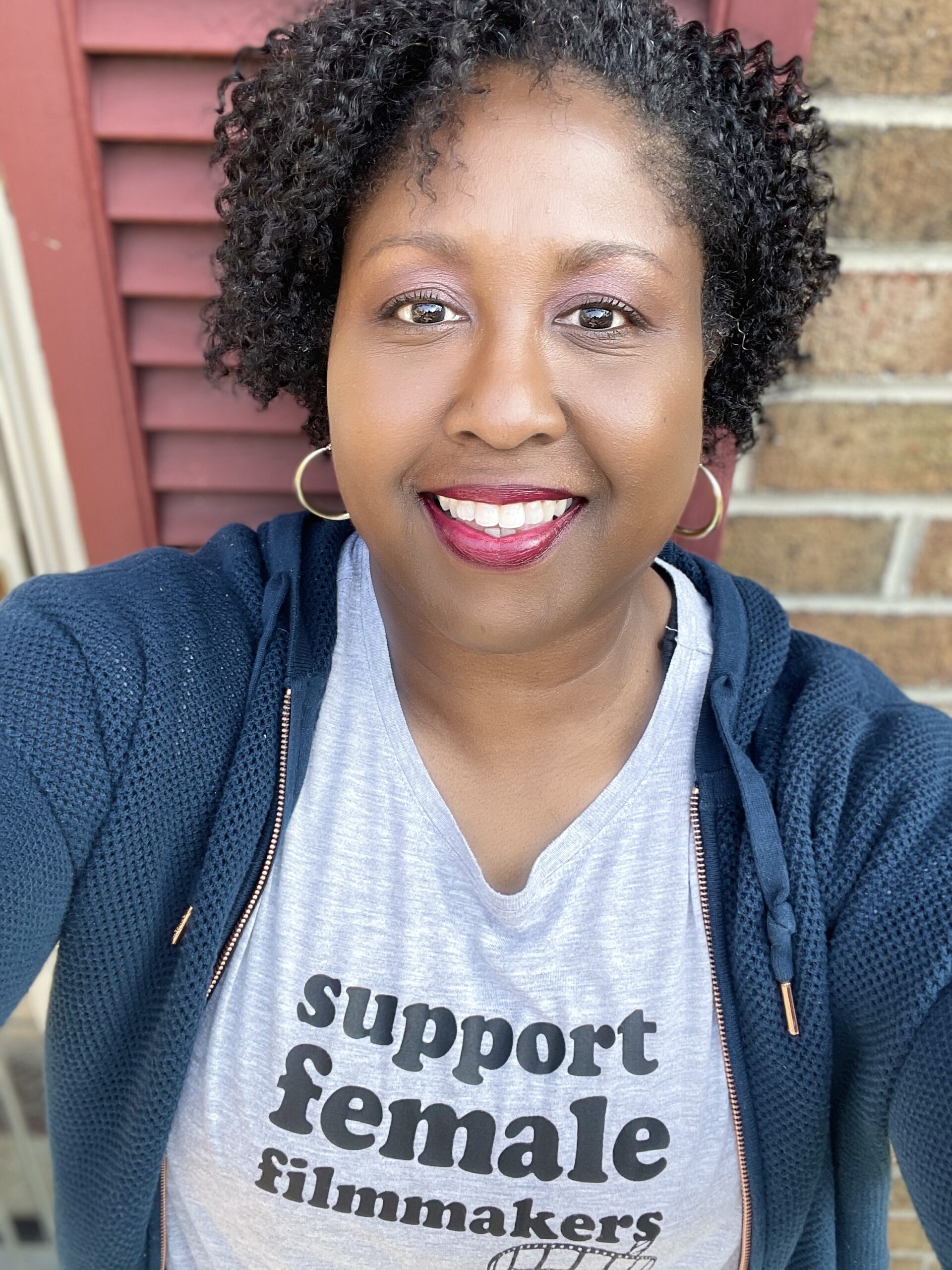 Monda Raquel Webb is a force of nature—a visual storyteller who has carved out a unique space in the film industry by bringing hard-to-talk-about narratives to light. As a filmmaker, author, and poet, Webb’s work is deeply rooted in uncovering the stories that often go unnoticed, stories that challenge the status quo and push audiences to think beyond the surface. Her films, which have won international acclaim, explore difficult subjects like racism, homelessness, and social injustice. As the Vice President and Festival Programming Coordinator of the Chesapeake Film Festival, Webb is uniquely qualified to curate and elevate films that provoke thought, inspire change, and reflect diverse and complex narratives
Monda Raquel Webb is a force of nature—a visual storyteller who has carved out a unique space in the film industry by bringing hard-to-talk-about narratives to light. As a filmmaker, author, and poet, Webb’s work is deeply rooted in uncovering the stories that often go unnoticed, stories that challenge the status quo and push audiences to think beyond the surface. Her films, which have won international acclaim, explore difficult subjects like racism, homelessness, and social injustice. As the Vice President and Festival Programming Coordinator of the Chesapeake Film Festival, Webb is uniquely qualified to curate and elevate films that provoke thought, inspire change, and reflect diverse and complex narratives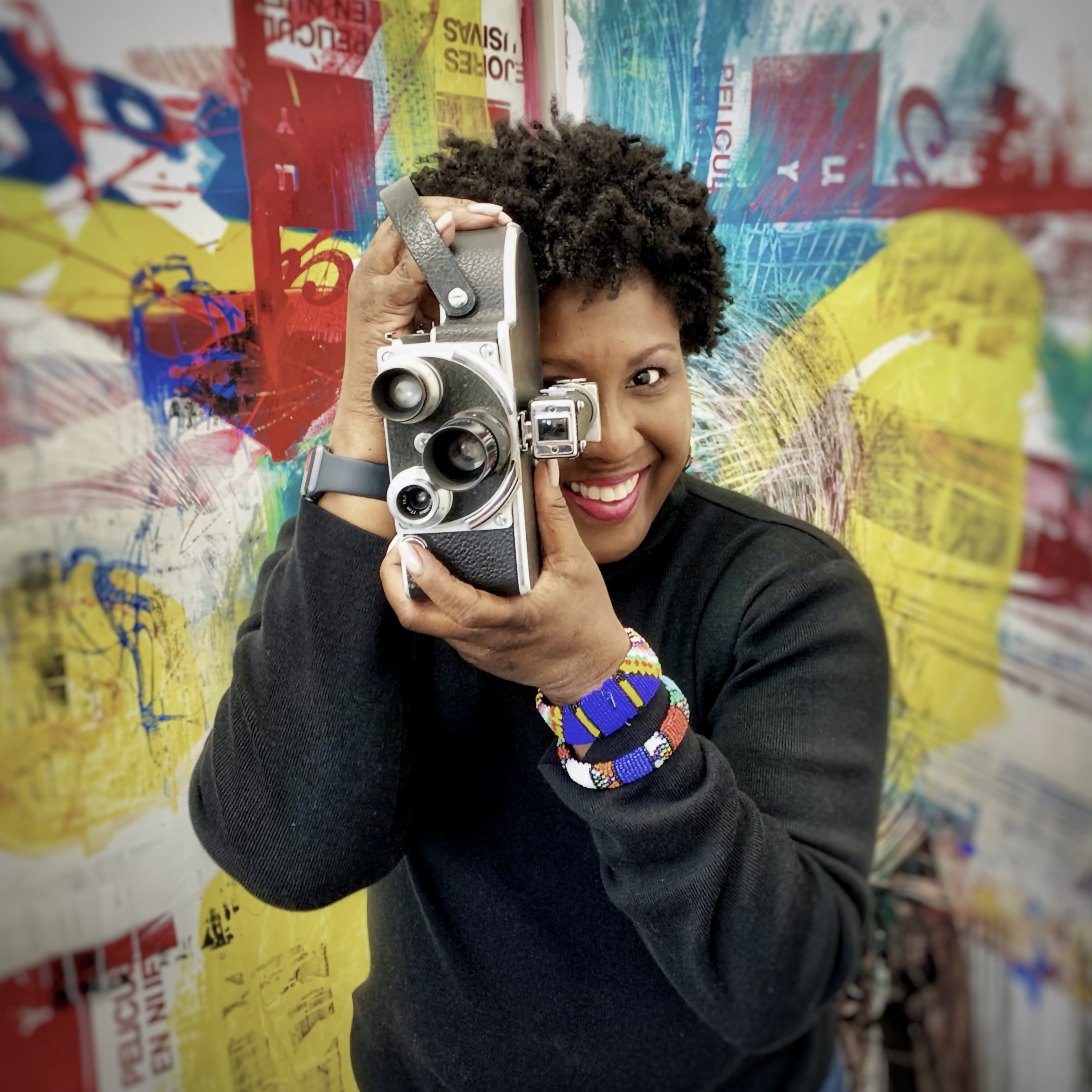 To make this heavy subject more accessible, Webb chose to tell the story from that perspective — a young child who is part of the exhibit. “I thought, ‘What if I actually tell the story from the perspective of an eight-year-old on exhibit? What would that experience be like?’ And to look at the pathology — what type of circumstances would make the mother do this – to parade in front of staring crowds?”
To make this heavy subject more accessible, Webb chose to tell the story from that perspective — a young child who is part of the exhibit. “I thought, ‘What if I actually tell the story from the perspective of an eight-year-old on exhibit? What would that experience be like?’ And to look at the pathology — what type of circumstances would make the mother do this – to parade in front of staring crowds?”

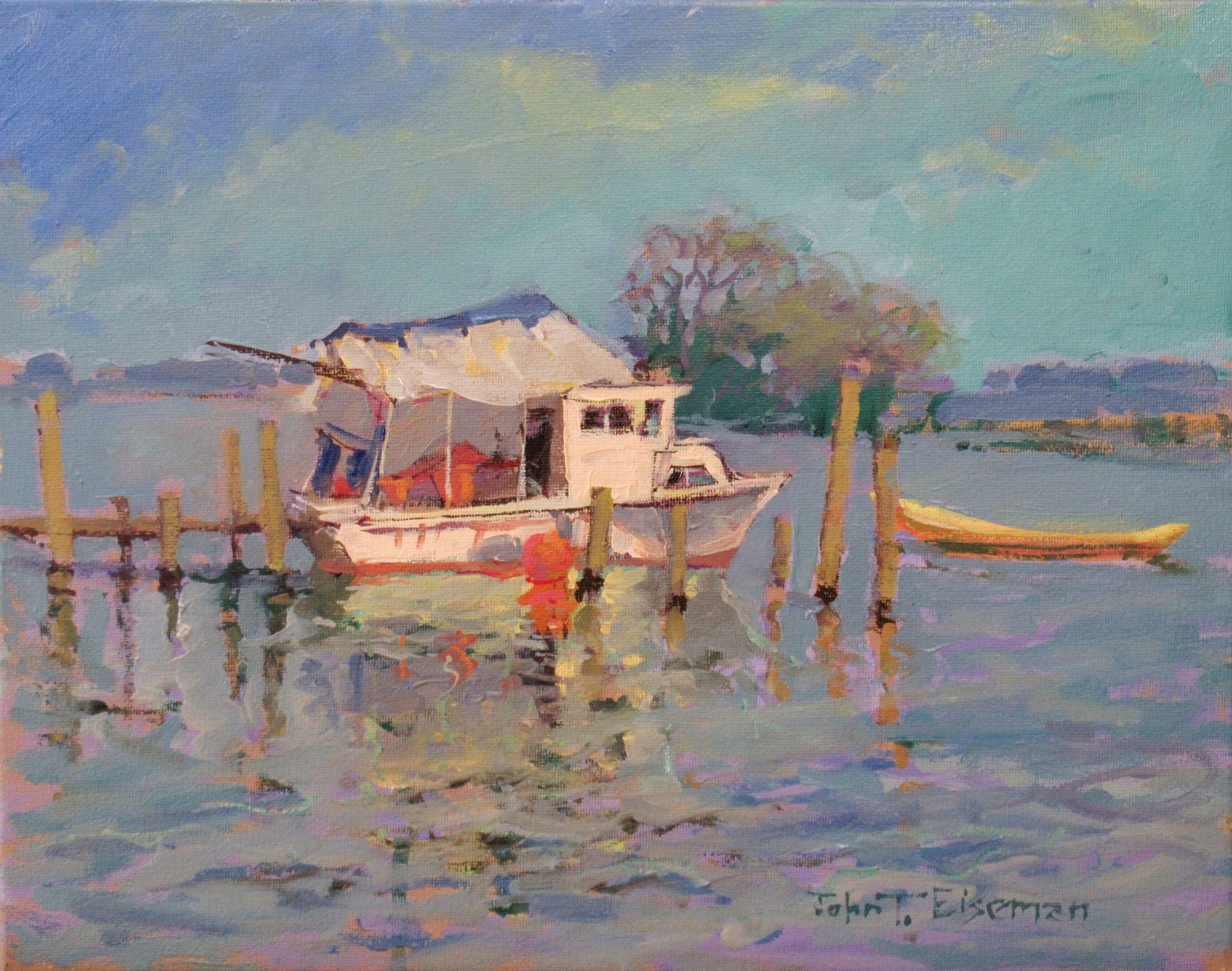

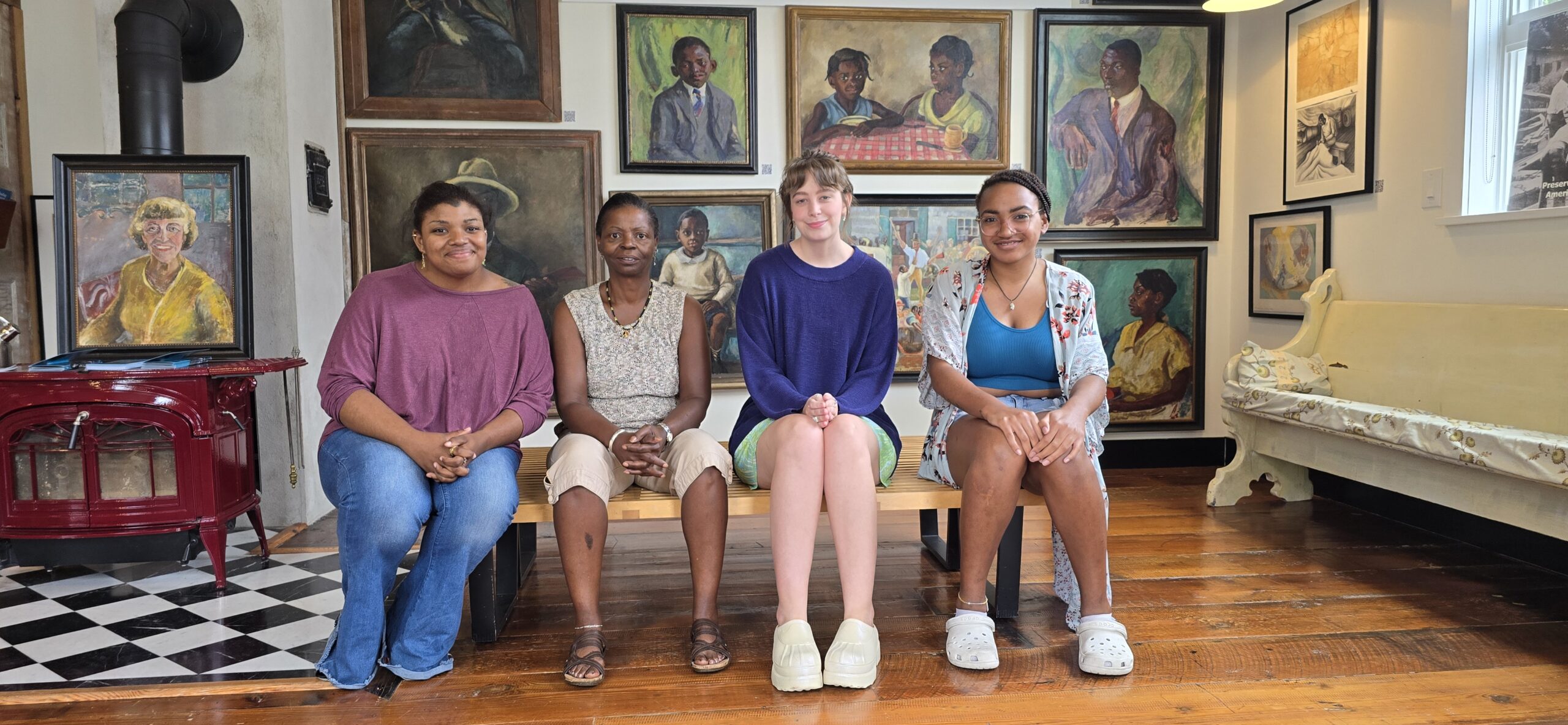
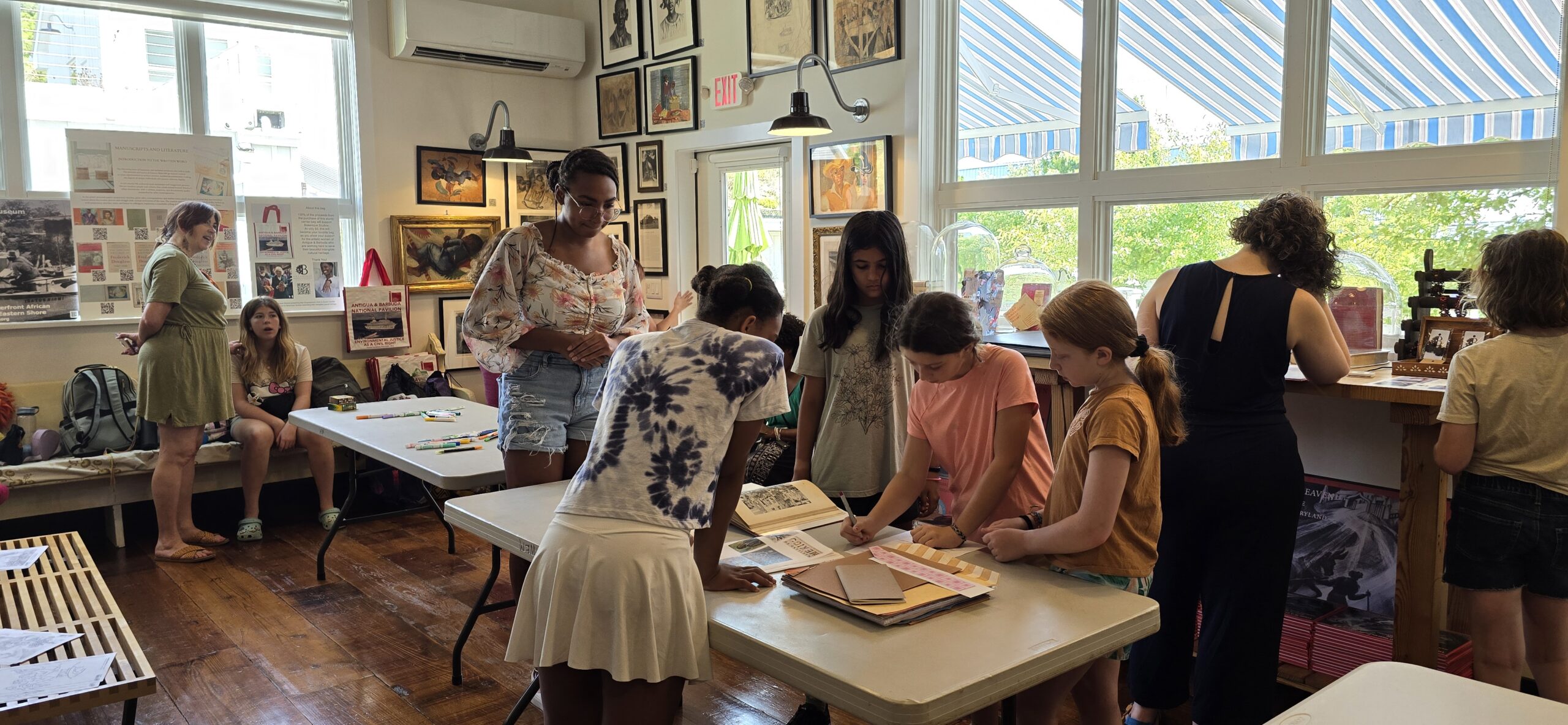 The coloring book is another new addition to the museum’s offerings. Ja’Lyn Hicks, who is overseeing the coloring book project, explained, “We’re turning the paintings in the gallery into individual drawings. The goal is for the kids to unlock their creativity. They don’t have to recreate all the colors they see; they can feel what they do and color it that way.”
The coloring book is another new addition to the museum’s offerings. Ja’Lyn Hicks, who is overseeing the coloring book project, explained, “We’re turning the paintings in the gallery into individual drawings. The goal is for the kids to unlock their creativity. They don’t have to recreate all the colors they see; they can feel what they do and color it that way.”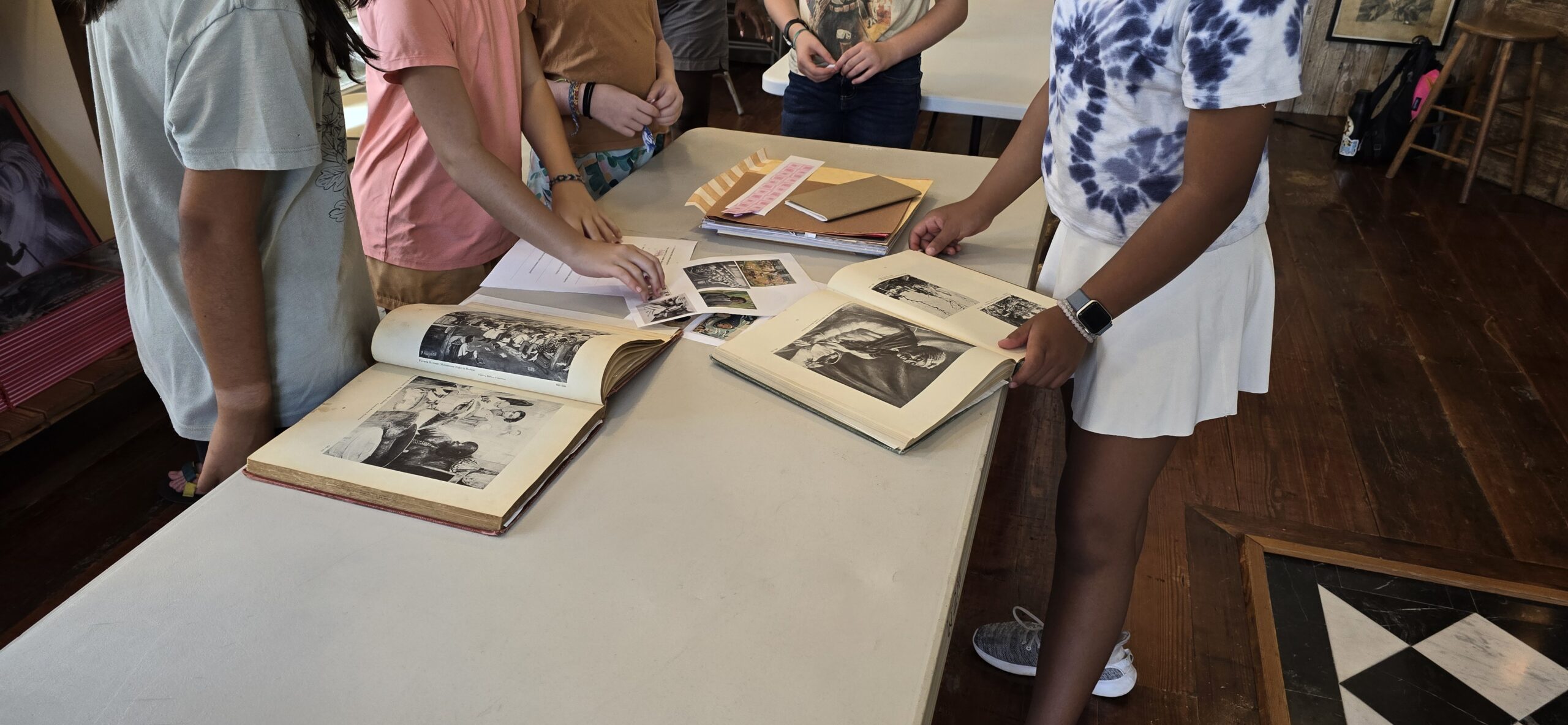 Hicks agreed, “Museums on the Eastern Shore are small and usually underfunded. So after kids come here, they go back to their school and say to their friends, ‘You should check out this place.’ Hopefully, that will spread the word and let kids know that we have a lot of history here, and they can learn about it. They can come and get engaged here.”
Hicks agreed, “Museums on the Eastern Shore are small and usually underfunded. So after kids come here, they go back to their school and say to their friends, ‘You should check out this place.’ Hopefully, that will spread the word and let kids know that we have a lot of history here, and they can learn about it. They can come and get engaged here.”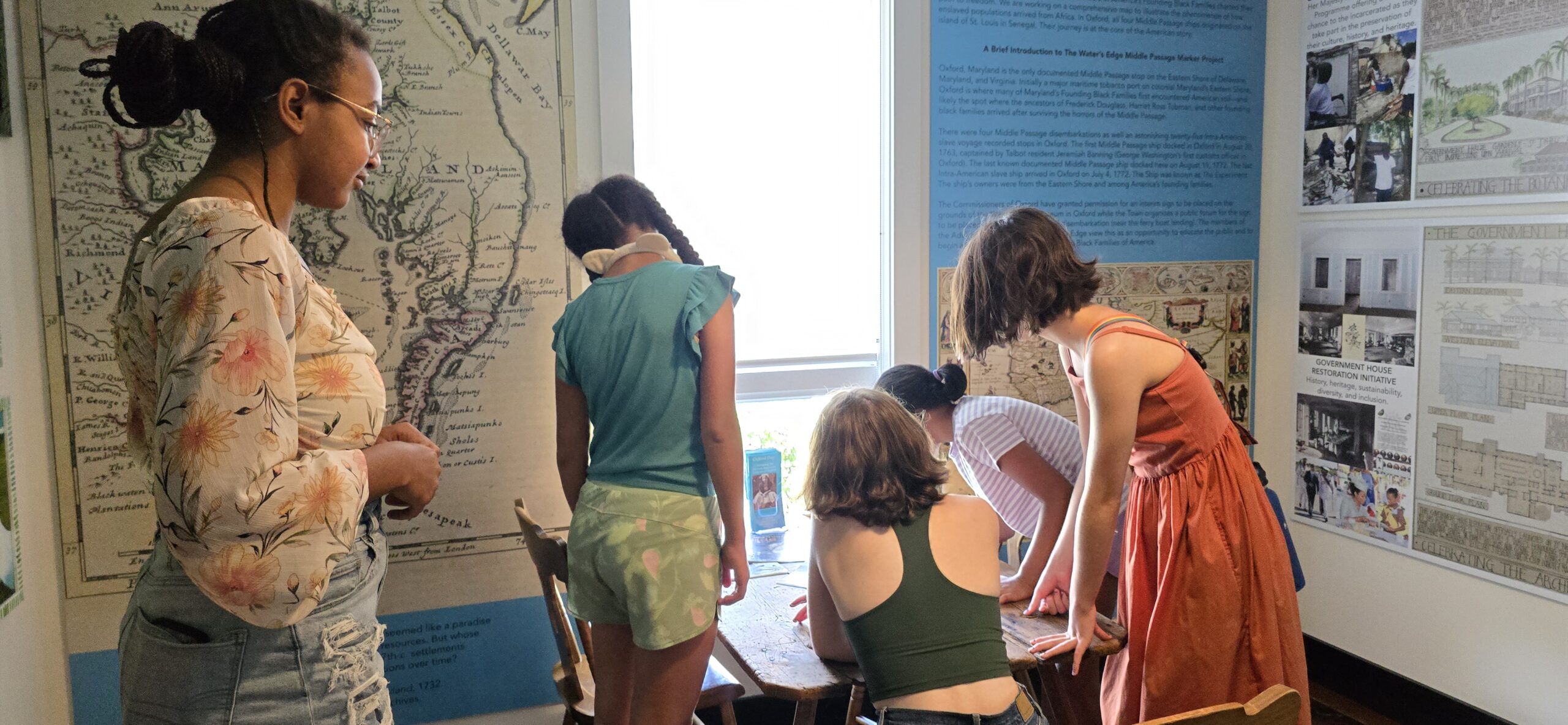

 Another fascinating aspect of the building’s history involves its role as a venue for African American basketball teams during a time when such opportunities were limited. “Traditionally, African American basketball teams had limited places to play, and the armory was one of those places,” said Kilmon. “We’re unearthing this history and discovering how the armory provided space. It was free; everyone could play here. Everyone was welcome.”
Another fascinating aspect of the building’s history involves its role as a venue for African American basketball teams during a time when such opportunities were limited. “Traditionally, African American basketball teams had limited places to play, and the armory was one of those places,” said Kilmon. “We’re unearthing this history and discovering how the armory provided space. It was free; everyone could play here. Everyone was welcome.”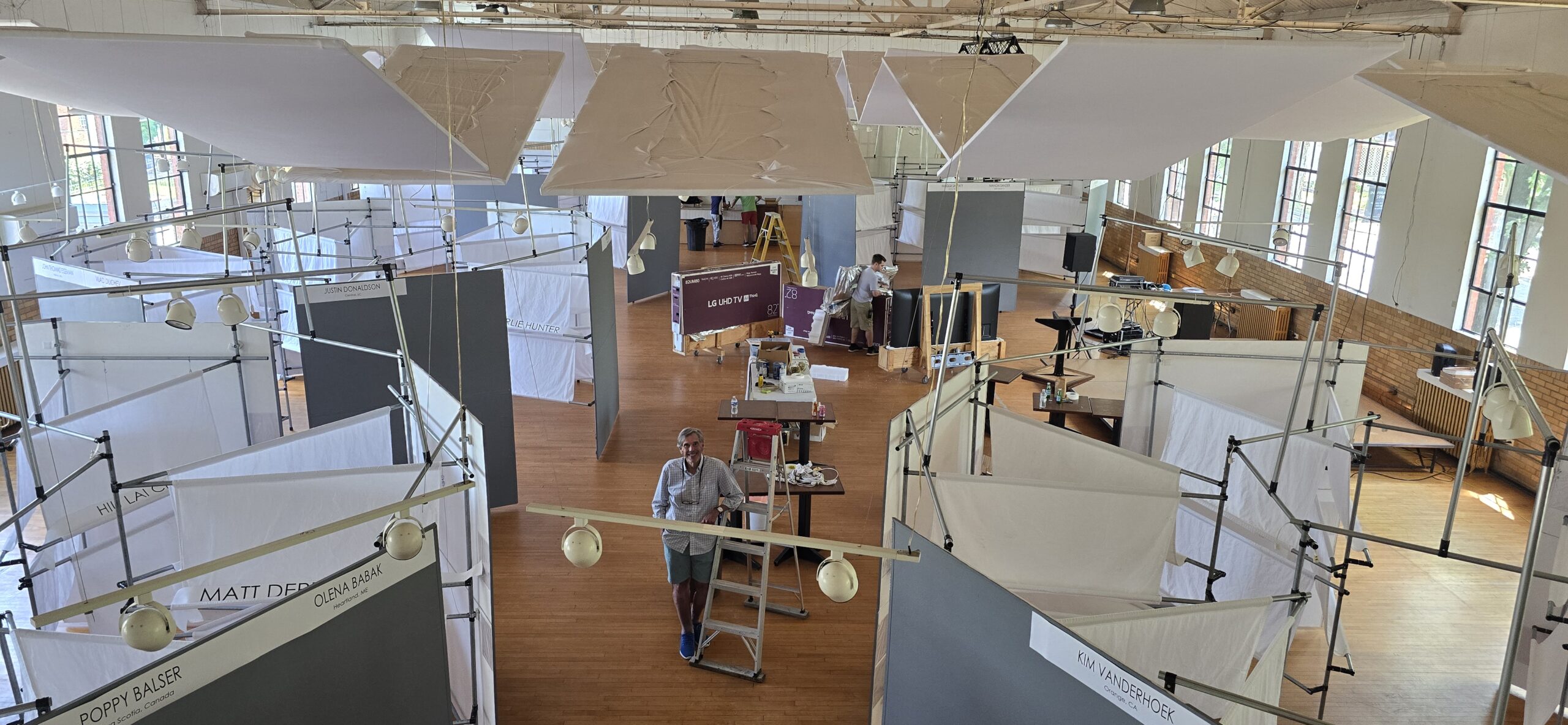

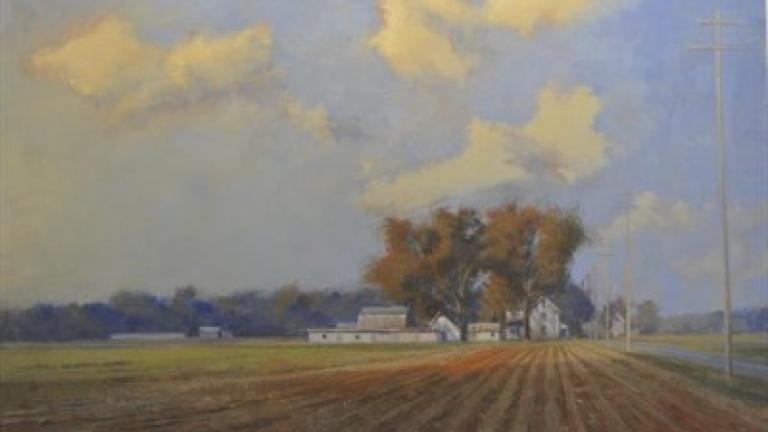
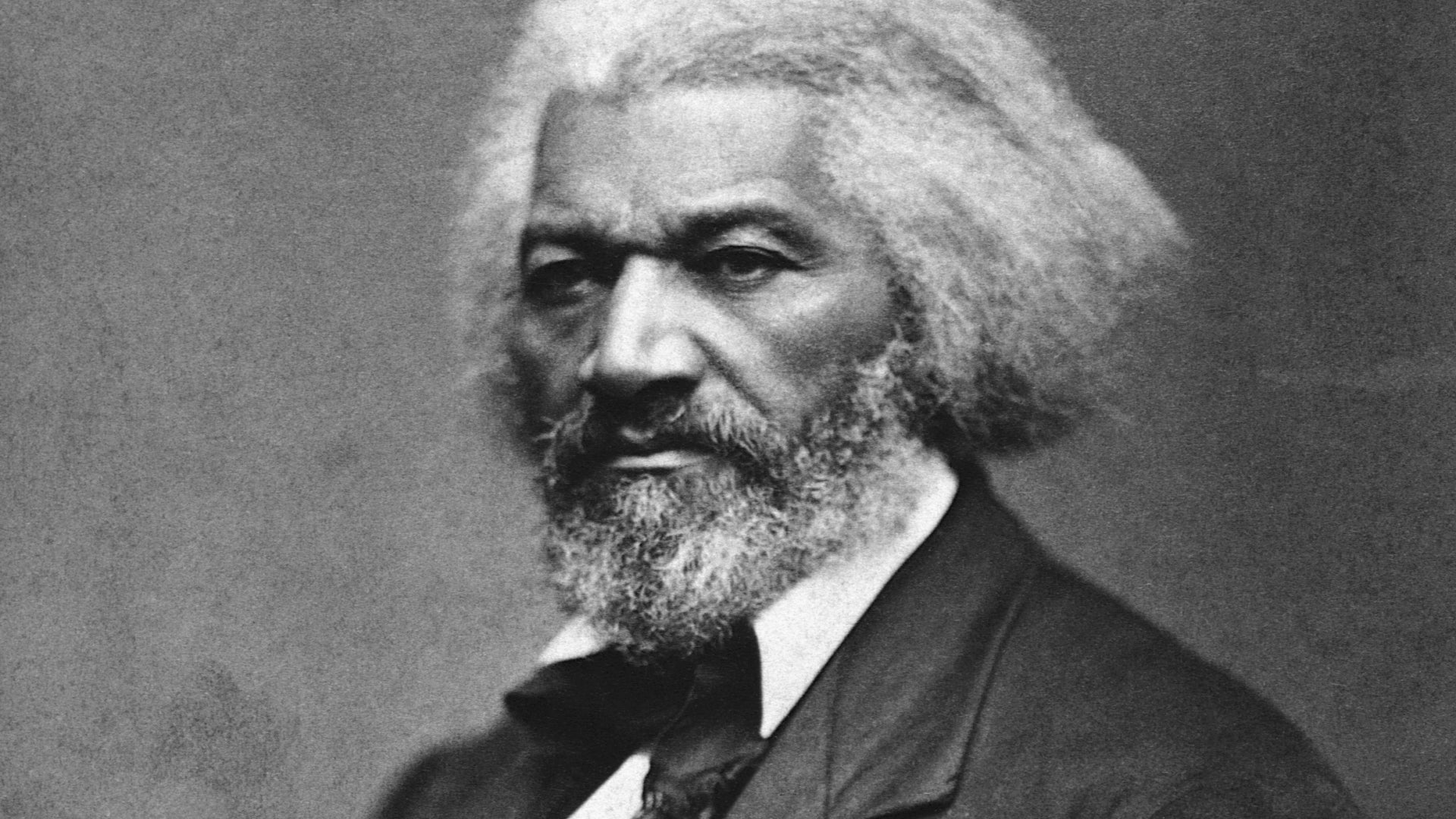
 Family-friendly activities include a bounce house for kids, a community kickball game (with a prize trophy as bragging rights), and a Double Dutch contest. “We’re bringing back the Double Dutch competition, something we used to see in the ‘80s and ‘90s,” said Bailey. Classic car and motorcycle enthusiasts can showcase their prized vehicles, with trophies awarded for the best car and best motorcycle. The event also features live music by DJ Mercury, adding to the festive atmosphere. “It’s going to be a great day of fun, food, and music,” Bailey says. In case of too much sun or inclement weather on Unity Day, tents will be on the premises, or attendees can enjoy the festivities inside the VFW building.
Family-friendly activities include a bounce house for kids, a community kickball game (with a prize trophy as bragging rights), and a Double Dutch contest. “We’re bringing back the Double Dutch competition, something we used to see in the ‘80s and ‘90s,” said Bailey. Classic car and motorcycle enthusiasts can showcase their prized vehicles, with trophies awarded for the best car and best motorcycle. The event also features live music by DJ Mercury, adding to the festive atmosphere. “It’s going to be a great day of fun, food, and music,” Bailey says. In case of too much sun or inclement weather on Unity Day, tents will be on the premises, or attendees can enjoy the festivities inside the VFW building.
